Your cart is currently empty!
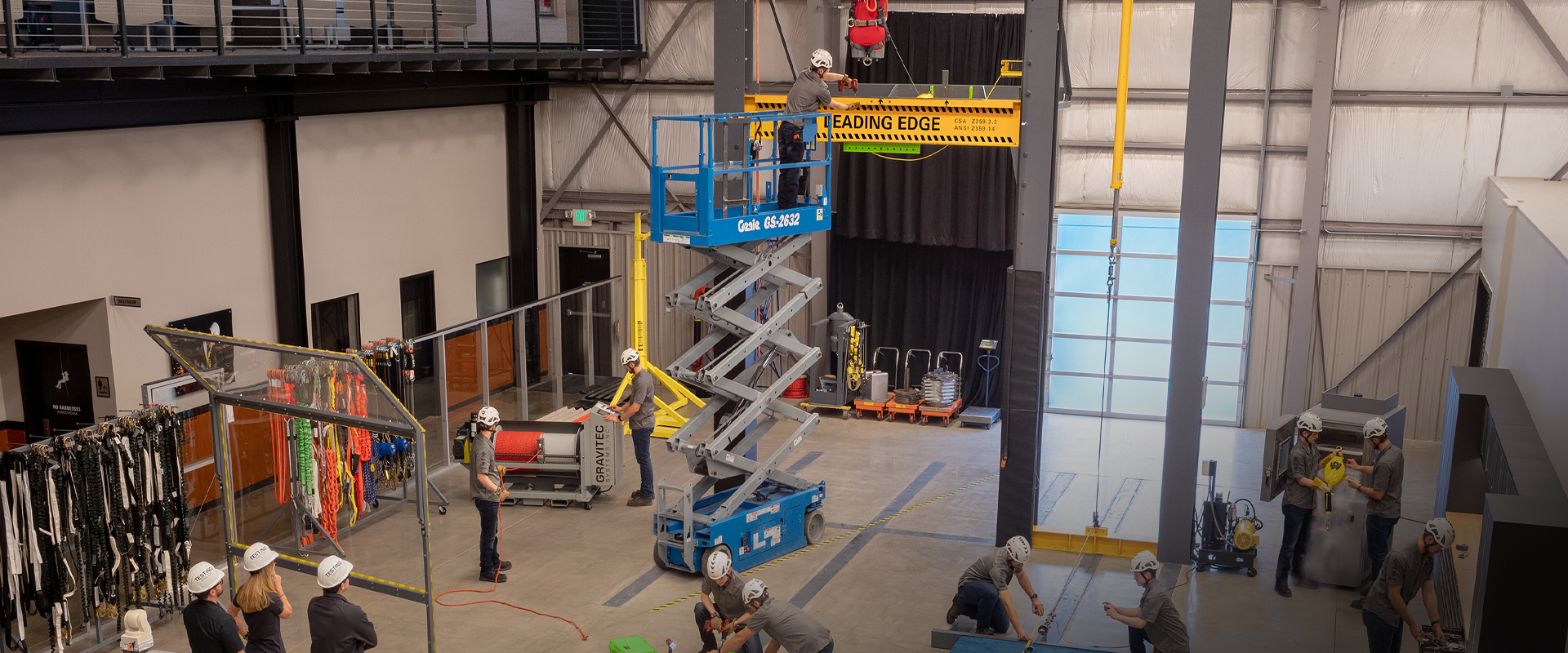
ISO ACCREDITED
TEST LABORATORY
Qualification & Verification Testing
Qualification & Verification testing is indispensable to fall protection equipment manufacturers and users. Fall Protection Testing assures consumers that a product will perform to its specifications. This is especially important when a failure of a product can significantly impact the health and safety of the user. Testing is also used to verify that a product meets regulatory and voluntary standards.
ISO 17025 Accredited Test Laboratory
Third-party qualification and verification testing are carried out at Gravitec’s state-of-the-art facility in our ISO 17025 accredited testing lab. ISO 17025 accreditation for calibration and testing laboratories provides end-users with the added assurance of the accuracy and repeatability of test results.
For the scope of Gravitec’s ISO 17025 accreditation, please click here.
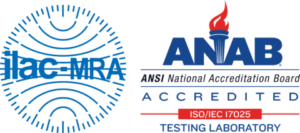
WHY CHOOSE GRAVITEC?
“Gravitec Systems has worked exclusively in fall protection since our inception. Unlike other testing bodies, our Scope of Accreditation is laser-focused. Whether we’re talking ANSI, OSHA, CSA, or Customer Specified, we remain expertly focused on fall protection.”
– Joshua Mills, Engineered Systems and Testing
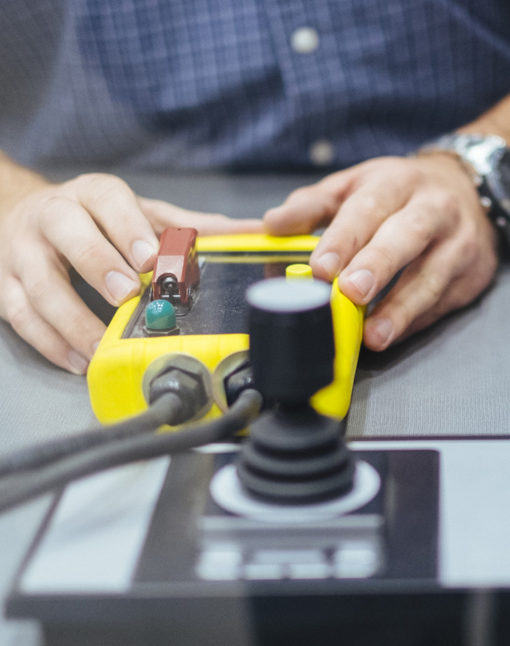
Gravitec offers a range of testing services to ensure product integrity and conformity to ANSI and CSA standards. Service offerings include:
In-House Testing
Gravitec has the capability to deliver documented, comprehensive fall protection product testing. Our ISO 17025 accredited testing laboratory is fully equipped with a drop test tower system, integrated static test bay and other instruments selected and configured by the product test engineer to address various testing needs. Proprietary data acquisition and motion detection software accurately record forces during dynamic and static performance testing.
Results can also be captured using high-speed video and photography. Engineers are able to visually identify the cause of a product failure with greater ease using high speed imagining equipment.
AIRCRAFT SOLUTION
Gravitec designed a specialty lanyard that had a high level of consistency with its deployment force, maximum arrest force and deployment length. Gravitec wrote a specification for the lanyard and developed a testing procedure for the pin and receptacle to verify its capabilities.
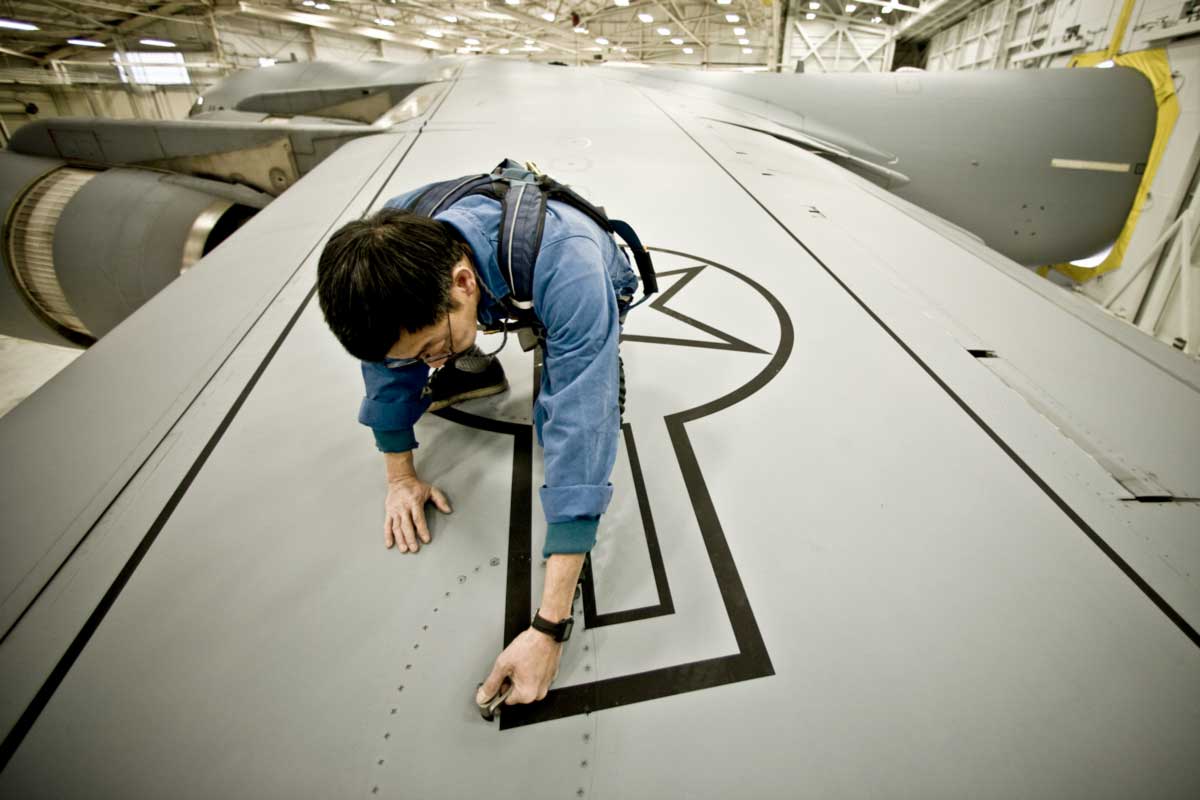
ON-SITE TESTING
Gravitec conducts rigorous and nondestructive in-the-field testing for all categories of fall arrest and travel restraint systems.
Field testing allows us to evaluate in place fall protection systems and components under the conditions in which they will be used. Qualified testing technicians are sent to your location to check strength, performance, durability, wear and tear, and other client-specified factors.
Field test data is measured using our proprietary data acquisition system. A full report is provided, which details our findings and includes full-color photographs and graphed test results. We have a full-time staff of engineers that provides calculations on existing anchors.
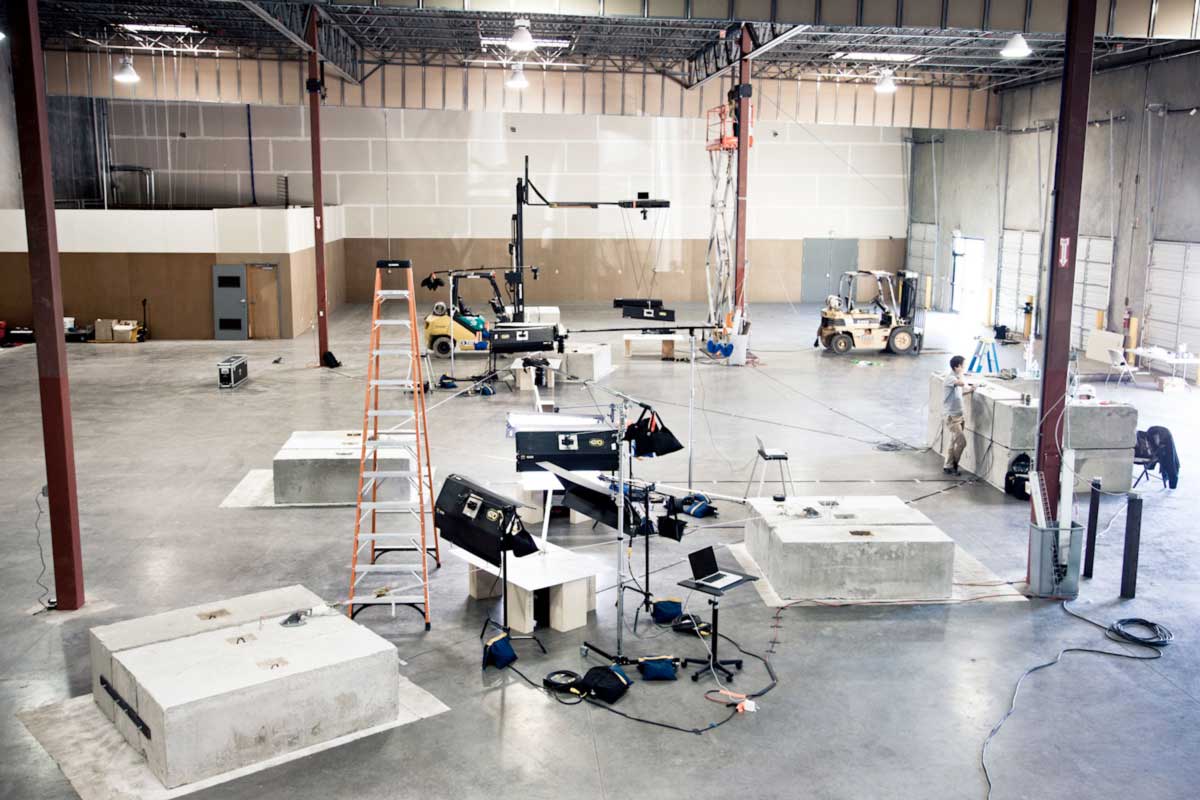
AIRCRAFT TESTING
A large aircraft company called upon Gravitec to test a fall protection system that they designed for the wings of their aircraft. Maintenance personnel would be exposed to fall hazards of up 15 feet while working on the leading and trailing edges of the wing. The company requested testing be performed using a full-scale test specimen of the fall protection system.
Forensic Testing & Analysis
An effective way to prevent future fall accidents is to understand how an accident occurred. Often, fall accidents are the result of fall protection equipment misuse or lack thereof, but injuries and fatalities may also be the result of product failure.
Gravitec offers independent forensic analysis and testing services to identify root causes and contributing factors of a fall accident. Gravitec fall protection experts will investigate the accident and provide expert witness testimony. Our highly qualified engineering staff reviews the evidence and integrates outside design parameters to reconstruct the accident and establish what happened. Gravitec will also provide corrective measures (whether PPE, training or engineering needs) to prevent a re-occurrence.
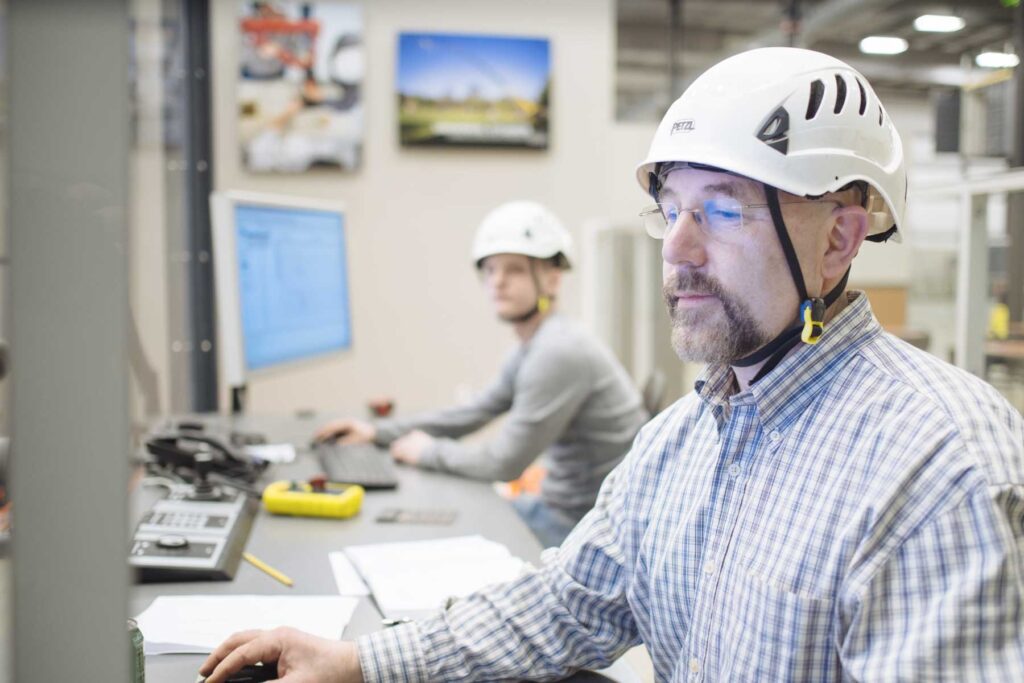
Custom Testing
Gravitec’s testing team is always up for a challenge, needless to say, we have been challenged a lot over the years. Our ability to provide custom testing services has verified the intended use and safety of many fall protection systems that don’t quite fit into any existing fall protection standard. We are often asked to help develop testing procedures and methods when tests have not yet been dreamed up for a product that is yet to be invented. We can create just about any testing jig imaginable to test just about any product imaginable in our one of a kind test lab. We have built building and roof structures, as well as aircraft jig simulations. We have tested large devices that looked like lunar landers and tested the smallest of fall arrest anchors. Our testing team comes up with a way to do it when no one else can, and we tailor the testing to match as closely as possible the most applicable standards. Challenge us if you dare.
Technical Reports
Material Testing Report for 1.4 Multiplier
EXECUTIVE SUMMARY
The purpose of this testing was to determine whether the existing 1.4 multiplier comparison between a human body and a rigid test weight for testing fall arresting equipment is suitable for current technology.Reduction of the 1.4 multiplier to reflect current fall protection technologies entails increasing the weight of the rigid test weight used in dynamic performance drop tests on energy absorbing lanyards and other fall arresting devices. A major feature of this test was to gather test data using both human subjects and a rigid weight capable of being heavier or lighter to match each human subject’s weight… Read More
EXECUTIVE SUMMARY
It is widely acknowledged that when personal protection equipment is activated during a fall, some of the energy of the fall is absorbed by the human body. When conducting dynamic fall protection equipment tests using a rigid weight, there is a need to compensate for the fact that a human is not involved. Historically, a multiplier of 1.4 has been used to compensate for the energy-absorbing qualities of the human body in rigid weight tests. This standard has been applied by all testing agencies, governing bodies, and standards organizations… Read More